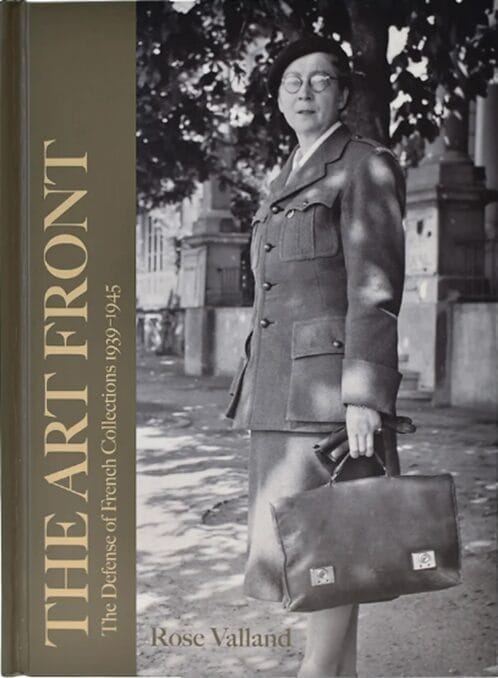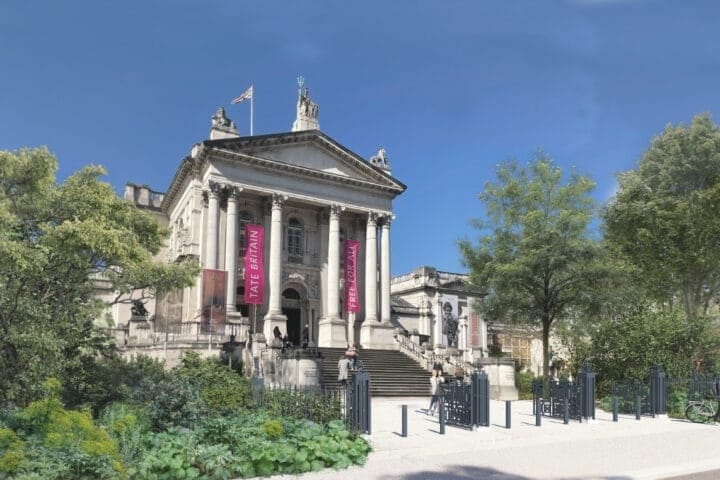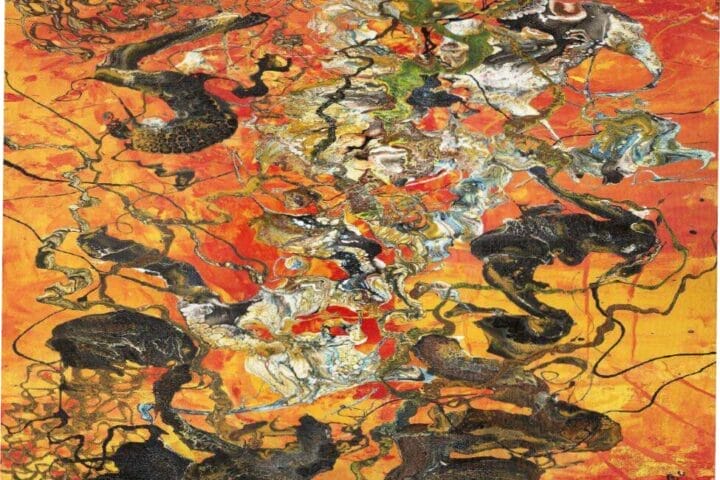Rose Valland stands as an iconic figure in the annals of art history and cultural preservation. A distinguished French art historian and curator at the Jeu de Paume in Paris, Valland was also an active member of the Resistance during World War II. Her clandestine efforts in documenting the art plundered by the Nazis have rendered her an invaluable asset to the field of provenance research and restitution. During the German occupation of Paris from 1940 to 1944, the Jeu de Paume was repurposed as a repository for the vast array of artworks looted by the Germans. Valland meticulously recorded details of these stolen works, a feat she would later immortalize in her 1961 publication, “Le Front de l’Art,” based on her surreptitious notes. Today, her contributions are still immensely valuable for ongoing efforts to return these artworks to their rightful owners.
Rose Valland’s exemplary service did not go unnoticed. She was the recipient of numerous accolades, including the médaille de la Résistance française in 1946. The French government further honored her by naming her an Officer of the Légion d’honneur and a Commander of the Ordre des Arts et des Lettres. International recognition followed, with Valland being awarded the United States Presidential Medal of Freedom in 1948 and the Order of Merit of the Federal Republic of Germany in 1972, making her one of the most decorated French women in history.
This November and December, two significant events at Christie’s will commemorate Rose Valland and her enduring legacy:
The Auction of an Iconic Painting
On November 21, “Portrait de femme à mi-corps” by Nicolas de Largillierre, painted around the turn of the 18th century, will be featured in the Old Master Painting auction in Paris: Maîtres Anciens: Peintures – Dessins – Sculptures. The painting’s provenance is intricately linked to the Allied Monuments, Fine Arts, and Archives Section, commonly known as the Monuments Men. The artwork was looted from the bank vault of Baron Philippe de Rothschild in Arcachon in late 1940 and subsequently transferred to the Jeu de Paume in Paris in February 1941. Thanks to the clandestine notes taken by Rose Valland, the painting was recovered by the Monuments Men in May 1945, mere days before the end of World War II, at Neuschwanstein Castle in Bavaria.
“Portrait de femme à mi-corps” is not merely a splendid work of art; it is also featured in an iconic photograph taken in May 1945 on the steps of Neuschwanstein Castle. The photograph captures James J. Rorimer of the Monuments, Fine Arts, and Archives Section alongside three soldiers of the 7th U.S. Army, each holding one of the many artworks looted by the Germans. The painting is visible on the right-hand side of this historic image, underscoring the critical role played by the Monuments Men during and after the war.
Owing to Rose Valland’s foresight in documenting the looted art, the painting was located in Bavaria alongside thousands of other stolen works and returned to Paris in November 1945. This swift action by the Allied authorities facilitated a rapid initial wave of restitutions. The artwork was officially returned to the Rothschild family on May 3, 1946, and remained in their collection until 1978, when it was acquired at auction by its current owner. The portrait is slated for auction on November 21 in Paris, with an estimated value of €50,000-80,000.
The painting exemplifies the style of Nicolas de Largillierre, a leading painter in Paris during the reign of Louis XIV and the Regency. His highly esteemed portraits, reminiscent of Rubens and van Dyck, are featured in the permanent collections of prestigious institutions such as the Louvre, the Château de Versailles, and the Uffizi Galleries. Works by Largillierre have recently garnered renewed interest from collectors worldwide, highlighted by the auction record set at Christie’s in 2020 when “La Belle Strasbourgeoise” sold for €1.6 million.

The English Translation of “Le Front de l’Art”
On December 10, Christie’s New York will host the Monuments Men and Women Foundation’s launch of the first-ever English edition of “Le Front de l’Art” (The Art Front). Valland’s seminal work, originally published in French in 1961, details her covert efforts during the war.
As looted French private collections were processed through the Jeu de Paume, Valland eavesdropped on German conversations and meticulously documented the destinations of shipments filled with stolen art. Her unassuming appearance and quiet demeanor masked her astuteness and bravery. Despite some Nazi suspicions, her fluency in German allowed her to glean critical information from their conversations. She also gathered intelligence from her colleagues, drivers, guards, and packers, relaying all her findings to Jacques Jaujard, director of the French National Museums.
After the liberation of Paris by Allied forces in late August 1944, Monuments Man Captain James J. Rorimer met with Rose Valland. The information she had risked her life to gather led to the discovery of multiple repositories of looted art, most notably at Neuschwanstein Castle, and played a crucial role in the restitution process.
“Le Front de l’Art: Défense des collections françaises 1939-1945” inspired the 1964 Hollywood film “The Train,” starring Burt Lancaster and Jeanne Moreau, and, fifty years later, another Hollywood production. Valland dedicated the book “to all those who fought during the last war to save some of the beauty of the World.” She envisioned an English translation to make the book accessible to an anglophone audience. Translated by Ophélie Jouan, an art historian and Rose Valland specialist, with financial backing from Christie’s, “The Art Front” is now available in English from Laurel Publishing LLC, featuring a preface by Robert M. Edsel, Founder and Chairman of the Monuments Men and Women Foundation.









